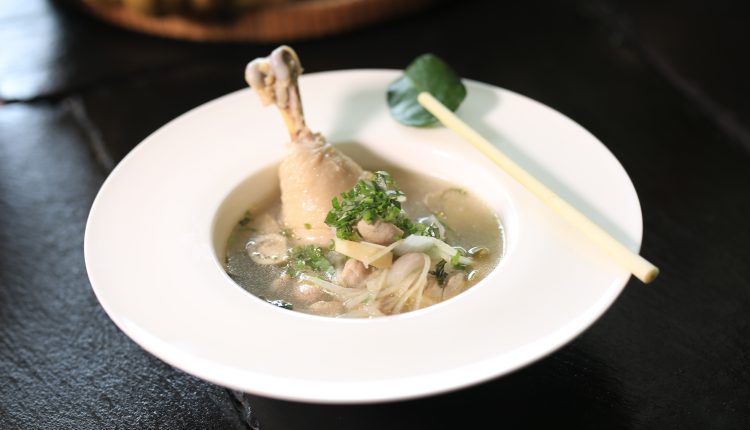Better than Chicken Soup: How Miso Keeps You Young and Fresh
While miso has been a diet staple in China and Japan for centuries, in the West we are only just now realising the potential of this delicious fermented food. As well as bolstering your anti-ageing wellness, miso help to build up your inner ecosystem and assure your digestive tract is amply supplied with beneficial bacteria. In turn, these bacteria help your body to digest, synthesize, and assimilate nutrients so that you stay looking and feeling young. They also strengthen your immune system to help you guard your wellbeing against infection and cancer. But what exactly is miso, and how do you incorporate it into your diet?
According to wellness writer Barbara L. Minton, ‘Miso is a fermented soybean paste with a salty taste, a buttery texture and a unique nutritional profile that make it a versatile condiment for a host of different recipes, and a foundation for traditional miso soup. In addition to soybeans, miso can include rice, barley or wheat. Miso is made by adding a yeast mould known as koji to soybeans and other ingredients and allowing them to ferment for a period of time ranging from months to years, depending on the specific type of miso being produced. When the fermentation process is completed, the mixture is ground into a paste similar in texture to nut butter. The colour, taste, texture, and saltiness of miso depend on the exact ingredients used and the duration of the fermentation process.’
There are six popular types of miso:
- Hatcho miso. This one is made from soybeans only.
- Kome miso. This is a combination of white rice and soybeans.
- Mugi miso. This is made from barley and soybeans.
- Soba miso. This involves both buckwheat and soybeans.
- Genmai miso. This is made from brown rice and soybeans.
- Natto miso. This is a combination of ginger and soybeans.
But how do you know which one to choose? Minton explains, ‘Miso can range in colour from white to brown. The darker the colouring, the more robust the flavour and saltiness…Miso is available at health food stores and many traditional markets, particularly those that stock foods from around the world. Because the lighter coloured misos have a more delicate flavour, they are better suited for soups, dressings and light sauces. The darker varieties go best with foods having pungent flavours. If stored in the refrigerator in a tightly sealed container, miso can be kept for up to a year. Certified organic miso made with sea salt is the best choice if available. Miso should ideally have a fermentation time of between six months and two years.’
So how do you use miso? ‘Miso is a versatile food,’ Minton asserts. ‘Miso-tahini sandwishes are delicious. Spread miso on a piece of bread and top with tahini. Sprinkle on slivered almonds or slivered radishes. Miso can be added to marinades for meat, fish, poultry or game. Use it in baked potatoes after they are cooked and spice them up with some herbs. Add miso and herbs to warm or cold rice dishes. Combine miso with olive oil, ginger and garlic to make a delicious dressing that can be used on salads, cold grain dishes, or pasta. Carry dried miso soup packets and use them at coffee break time. Traditional miso soup is quick and easy to prepare. Its health benefits are legendary, making chicken soup pale in comparison.’ A soup that’s better for your wellness than chicken? Surely that’s worth a try! For stockists, recipes and more information, why not look online?


Comments are closed.